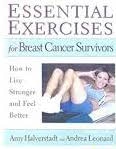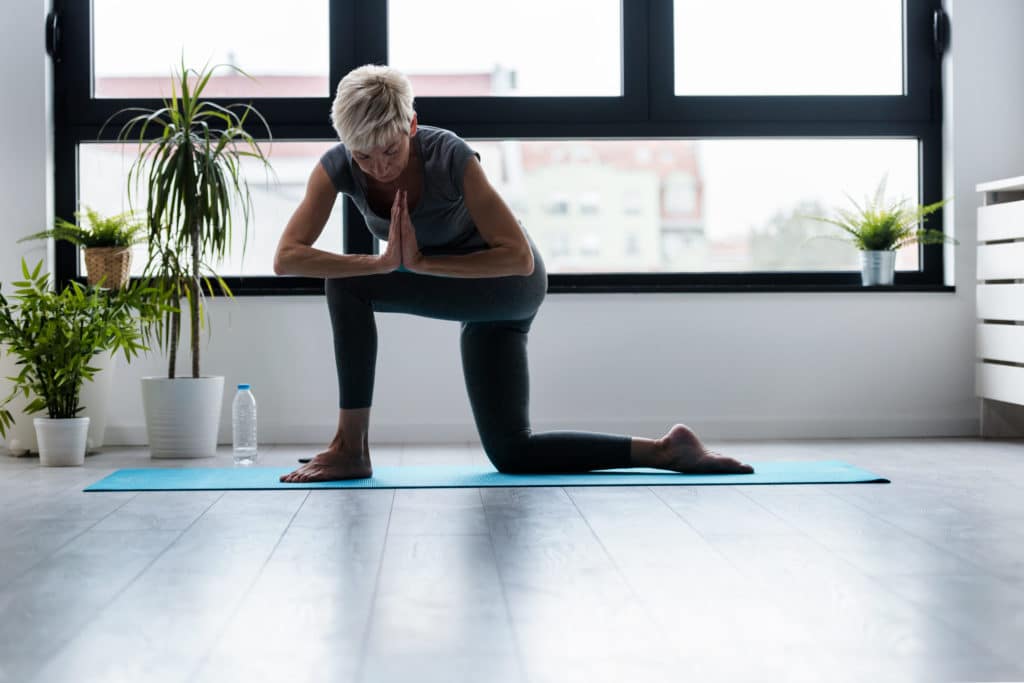Most of us want to gain strength and endurance as quickly as possible after surgery. With an emphasis on pre-care, too, doctors want us to get in the best shape we can before we enter the operating room and undergo chemotherapy. Strong is the new pretty, and it’s never too late to build muscle.
Deciding how best to get going is easier these days, thanks in part to the Cancer Exercise Training Institute (CETI). Its goal is to help personal trainers to work safely and confidently with cancer patients. Debra Hein, a CETI specialist in the Washington, D.C. region, has served patients and survivors for more than 15 years. “Cancer is a systemic problem, so I check many areas before we get to work,” she says.
Serving as a partner, Debra consults with the physicians and physical therapists as a first step, if they are in the picture. “I want to know what to watch for, to keep the client safe and to push for what is optimal,” she adds.
Recognize Side Effects
Lymphedema, breast reconstruction, and various surgeries and treatments impact each person differently.
“Side effects can make what seems natural and easy, difficult and painful. Creating a successful work-out plan should promote safe healing,” Debra explains.
Shoulder and back muscles are especially important, before and after surgery. Tumors and incisions can reduce one’s capability in the short and sometimes long-term. Some of the more common symptoms; nausea, weight gain or loss, and weakness can also limit function.
Analyze Range of Motion, Posture and Core
“When we get underway, my first goal is the client’s comfort. I want her to trust the process. We are open and honest with each other. Once we’re on the “same page” we begin with range of motion exercises. I want her to be able to be flexible on both sides of her body.
“Form is key. It makes all of the difference in terms of one’s posture. We use a mirror to help her see how she appears – and if and how she is leaning. Then we talk about how it feels inside of her to be as upright as possible so she can mindfully adjust herself.
“Then we focus on core work. We use weights to strengthen the hips, the stomach muscles and the upper and lower back,” Debra says.
Begin at Your Beginning
Debra works with women for weeks, months or years, depending on what they want and how they’re progressing. Months or years after cancer treatment, issues can arise that have seeds in their surgery and care plans. It’s never too late to explore ways to feel better and to become more flexible.
Cancer patients and survivors reach out to her when they want to do more. She warns that clients cannot begin with their exercise regimen that they had prior to surgery. “They need to begin where they are today – rather than expecting that they can resume what they did before. It does not mean they cannot achieve their pre treatment goals. They may just need to take a new path to get there.”
Health care and fitness should be coordinated whenever possible. And the social aspects of going to a club or fitness center are important, too. Meeting new people and feeling welcomed and supported helps patients and survivors move beyond frustration and possible body shame, to a place of hope and conditioning.
Find a Local Cancer Exercise Trainer
Look for CETI specialists close to you. You can find a list of them at TheCancerSpecialist.com. If you can’t find someone nearby, be sure that your trainer asks these questions before you begin with an exercise program:
- When was the time and location of your surgery and treatment?
- Do you have any range of motion limitations?
- Do you have any muscle imbalances?
- What do you and your doctor see as key concerns and obstacles?
- May I contact your doctor to discuss an exercise plan for you?

To learn more, check out Debra’s go-to book: Essential Exercises for Breast Cancer Survivors: How to Live Strong and Feel Better by Amy Halverstadt and Andrea Leonard.
It’s never too late to become more fit. Consider working with a trainer who knows how to help you, before, during and after cancer treatment. Getting in the best shape possible is a goal worth pursuing. What’s stopping you?


